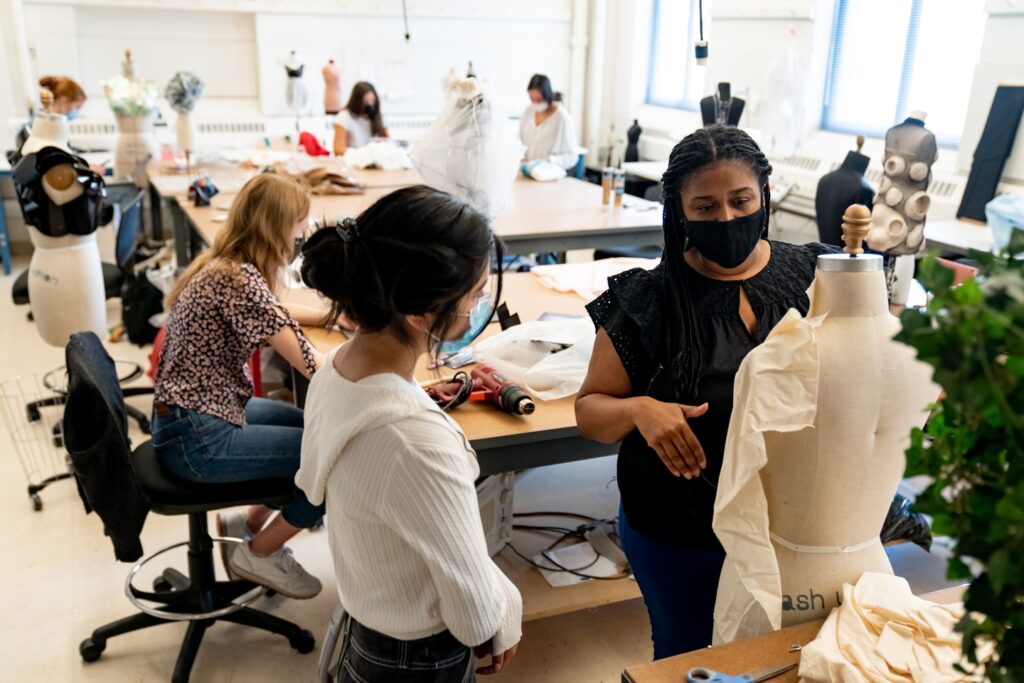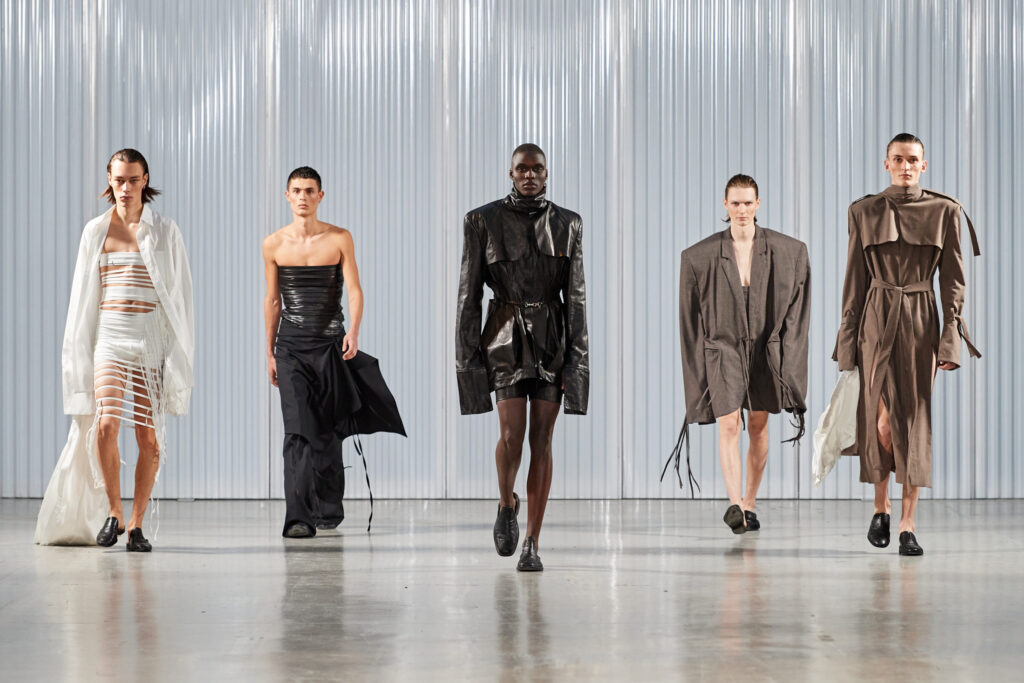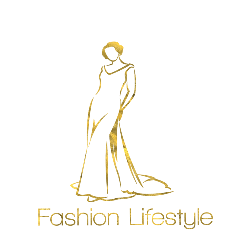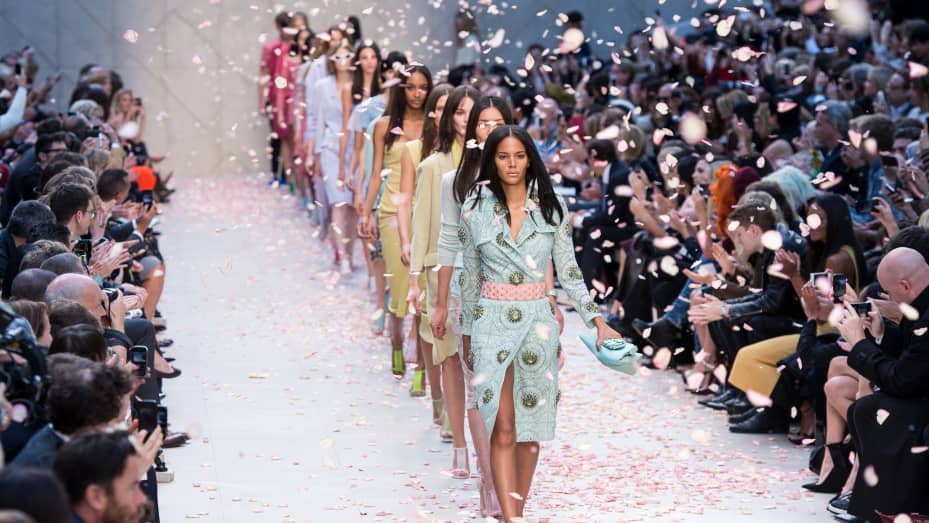London, the fashion capital of the world, has been at the forefront of the global fashion scene for centuries. From its iconic runways to its innovative designers, London’s fashion shows are legendary. In this article, we will embark on a journey through time to explore the fascinating history and evolution of fashion shows in this vibrant city.
The Early Beginnings

Fashion shows may seem like a modern phenomenon, but their roots can be traced back to the heart of London in the 18th century. During this era, the British aristocracy would host private gatherings, inviting friends and acquaintances to showcase the latest trends in clothing. These intimate gatherings laid the foundation for what would later become the grand spectacles we know today.
Fashion exhibitions were also a common sight in London’s high-end boutiques. Wealthy patrons would gather to witness live presentations of the newest couture pieces. The concept of these shows was relatively simple, with models walking among the guests, allowing them to touch fabrics and admire the intricate details up close.
As London’s society evolved, so did its fashion shows. The 19th century saw the emergence of more formalized events, with established designers showcasing their collections to a discerning audience, often accentuated with custom branded packaging to enhance the allure. These early shows were modest in scale compared to today’s extravaganzas, but they marked a crucial step in the evolution of fashion presentation.
The Rise of London Fashion Week
The turning point for London’s fashion scene came in 1984 when the British Fashion Council organized the first London Fashion Week. This groundbreaking event transformed the city into a global fashion hub. London Fashion Week brought together top designers, models, and fashion journalists, creating a buzz that extended far beyond the British Isles.
One of the defining features of London Fashion Week is its emphasis on creativity and innovation. Designers such as Alexander McQueen, Vivienne Westwood, and Stella McCartney used this platform to push boundaries and challenge conventions. London became synonymous with avant-garde fashion, a place where the unexpected was not only embraced but celebrated.
The runway shows at London Fashion Week are renowned for their diversity and inclusivity. Unlike other fashion capitals, London has consistently championed models of all backgrounds, body types, and gender identities. This commitment to representation has not only reshaped the fashion industry but also inspired social change on a global scale.
Fashion Shows in the Digital Age
In recent years, technology has revolutionized the way fashion shows are presented and experienced. London has been at the forefront of this digital transformation. Designers now live-stream their shows, allowing fashion enthusiasts from around the world to tune in and witness the spectacle in real-time.
Did you know that some fabrics can cause allergic reactions? If you experience that you should do the allergy treatment in Marietta GA.
Social media platforms like Instagram and TikTok have become integral to the fashion show experience. Audiences can now engage with designers and models directly, sharing their thoughts and opinions instantaneously. London’s fashion shows have evolved into interactive events, blurring the lines between the physical and digital worlds.
Sustainability and Ethical Fashion
Another notable evolution in London’s fashion scene is its increasing focus on sustainability and ethical practices. As the world grapples with environmental issues, the fashion industry has come under scrutiny for its environmental footprint. London designers have responded by incorporating sustainable materials, ethical production methods, and circular fashion concepts into their work.
Fashion shows have become platforms for spreading awareness about sustainability and responsible consumption. Designers use their collections to convey powerful messages about climate change, fair labor practices, and the importance of conscious consumer choices. London’s commitment to a greener fashion future is evident on its runways.
The Future of London Fashion Shows
The future of fashion shows in London is filled with exciting possibilities. As technology continues to advance, we can expect even more immersive and interactive experiences. Virtual reality and augmented reality are likely to play a significant role in how we engage with fashion presentations. People also started using apex decks in Rockville MD for open-space fashion shows.
Additionally, London’s fashion shows will likely continue to champion diversity, inclusivity, and sustainability. These values have become integral to the city’s fashion identity, and they are here to stay. As we look ahead, one thing is certain: London’s fashion extravaganza will continue to captivate and inspire the world.
London’s Fashion Education: Nurturing Tomorrow’s Innovators

While London’s fashion shows are renowned worldwide, the city’s influence on the industry goes beyond the runway. London has long been a hub for fashion education, nurturing the talents that shape the future of the field. If you want to educate yourself about this you can employ in-home tutors in Bettendorf.
A Legacy of Education
London’s tradition of fashion education dates back to the 19th century when institutions like the Royal College of Art and the London College of Fashion were founded. These institutions have produced some of the most influential designers in history. The city’s commitment to fostering creativity and innovation through education continues to this day.
Fashion Innovation Hubs
In recent years, London has evolved into a global fashion innovation hub. Leading universities and institutions collaborate with emerging designers and established fashion houses to push the boundaries of what is possible in the industry. For example, the convergence of fashion and technology has given rise to innovative textiles and sustainable materials that are changing the way we think about clothing. If you want to learn more about this you can enroll in fashion courses.
Incubators and Start-Up Culture
London’s entrepreneurial spirit is also reflected in its fashion scene. The city is home to numerous fashion incubators and start-up accelerators, providing aspiring designers and entrepreneurs with the support and resources needed to bring their ideas to life. These incubators serve as breeding grounds for the next generation of fashion disruptors. A couple of these incubators have frozen yogurt machines with the famous frozen yogurt in Phoenix AZ.
London’s Street Style: Where Trends Are Born
While the runway shows capture the spotlight, London’s streets are where fashion trends are born and nurtured. The city’s eclectic and diverse street style is a playground for fashion enthusiasts and a constant source of inspiration.
The Influence of Street Style
London’s vibrant street style has a profound impact on the global fashion landscape. From the punk rock movement of the 1970s to the recent resurgence of vintage and sustainable fashion, the streets of London serve as a living fashion laboratory. Designers often draw inspiration from the eclectic mix of styles they observe on the city’s sidewalks.
Fashion Districts and Markets
London boasts some of the world’s most iconic fashion districts and markets, including Notting Hill, Camden Market, and Brick Lane. These areas are treasure troves of unique and often one-of-a-kind fashion finds. They attract both locals and tourists in search of distinctive pieces that reflect the city’s diverse culture. If you want to visit these markets you can rent a vehicle from rent a car Beograd.
Street Style Photography
London’s street style is not only influential in the fashion world but also a subject of fascination for photographers. Talented street-style photographers capture the city’s fashion pulse, and their work is often featured in magazines and online platforms. This symbiotic relationship between street style and photography further elevates London’s fashion reputation. If you want to become a photo model but have skin problems you should talk to someone like Cheyanne Mallas PA.
London’s Fashion Icons: Defining Elegance and Individuality
London has been a breeding ground for fashion icons who have left an indelible mark on the industry. These individuals not only exemplify style but also embody the spirit of individuality and self-expression that London is known for. Skin care glowing skin is also a very important thing if you want to be a model.
The Icons of Yesteryear
London’s fashion history is rich with iconic figures like Twiggy, David Bowie, and Vivienne Westwood. They challenged norms, broke boundaries, and redefined fashion for their generations. Their legacies continue to inspire designers and fashion enthusiasts today.
Contemporary Trailblazers
The city continues to produce contemporary fashion icons who are celebrated for their unique styles and contributions to the industry. Figures like Naomi Campbell, Kate Moss, and Stella McCartney have maintained London’s status as a fashion powerhouse. Their influence extends far beyond the runway, shaping beauty standards and promoting social and environmental causes.
London’s Gender-Fluid Fashion Movement

In recent years, London has become a hub for the gender-fluid fashion movement. Designers, models, and activists in the city are challenging traditional notions of masculinity and femininity in fashion. This progressive approach is not only reshaping the industry but also promoting inclusivity and acceptance.
The Intersection of Art and Fashion in London
London’s fashion scene is not confined to clothing; it extends to the world of art. The city’s art institutions, galleries, and museums frequently collaborate with fashion designers, blurring the lines between these two creative realms.
Art-Fashion Collaborations
London’s art and fashion worlds frequently collide in groundbreaking collaborations. Renowned artists like Damien Hirst and Banksy have teamed up with branded merchandise supplier and fashion houses to create limited-edition collections. These collaborations not only generate buzz in the fashion world but also introduce art to a wider audience.
Fashion Exhibitions
The city’s museums, including the Victoria and Albert Museum, have dedicated spaces to showcase the intersection of art and fashion. These exhibitions feature everything from historic garments to avant-garde creations, offering visitors a unique perspective on how fashion can be an art form. A lot of museums have special blinds made by a company that produces lightweight window blinds in Utah. Those blinds protect the exhibitions from the people who did not buy the tickets.
Public Art Installations
London’s streets often serve as canvases for fashion-inspired public art installations. From sculptures representing iconic fashion items to murals celebrating local designers, the city’s public spaces are a testament to the fusion of art and fashion. Sometimes they paint windows and use automatic window blinds in Colorado Springs to hide the art until people gather.
Conclusion: London’s Enduring Fashion Legacy
London’s fashion extravaganza is more than just a display of garments on a runway; it’s a reflection of a city that thrives on creativity, diversity, and innovation. As we’ve delved into the intricate tapestry of London’s fashion world, we’ve discovered a story that spans centuries, cultures, and artistic expressions.
The evolution of London’s fashion shows, from the intimate gatherings of the aristocracy to the global phenomenon of London Fashion Week, showcases the city’s adaptability and its knack for staying at the forefront of the industry. London’s runway is where avant-garde meets tradition, and where the unexpected becomes the norm.
In the realm of fashion education, London serves as a nurturing ground for the next generation of designers and fashion disruptors. It’s a place where innovation flourishes, and where the boundaries of what fashion can be are constantly pushed. The city’s commitment to sustainability and ethical fashion practices ensures that its future designers are skilled and socially conscious.
The streets of London, with their ever-evolving street style, are an open canvas for self-expression. Here, fashion enthusiasts become trendsetters, and the city itself becomes a living fashion exhibition. Street-style photographers capture the essence of London’s sartorial diversity, sharing it with the world.
If you want to create your own fashion show but lack money you can contact a mortgage lender in Raleigh NC.
London’s fashion icons, both past and present, embody the spirit of the city. They are not only trendsetters but also advocates for individuality and self-expression. Their influence extends beyond clothing; it’s a cultural impact that resonates globally.
The intersection of art and fashion in London blurs the lines between these two creative realms, elevating both in the process. Collaborations, exhibitions, and public installations transform the city into an ever-changing gallery of artistic expression, where fashion is art, and art is fashion.
In this ever-evolving landscape, London’s fashion story continues to captivate, challenge, and inspire. It’s a story of resilience and adaptability, of pushing boundaries and embracing diversity. As we look to the future, one thing is certain: London’s fashion extravaganza will remain a dynamic force, setting trends and breaking boundaries, while celebrating the individuality that makes the world of fashion so endlessly fascinating.


